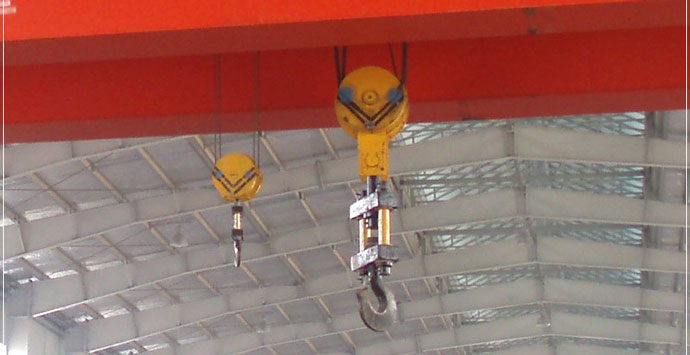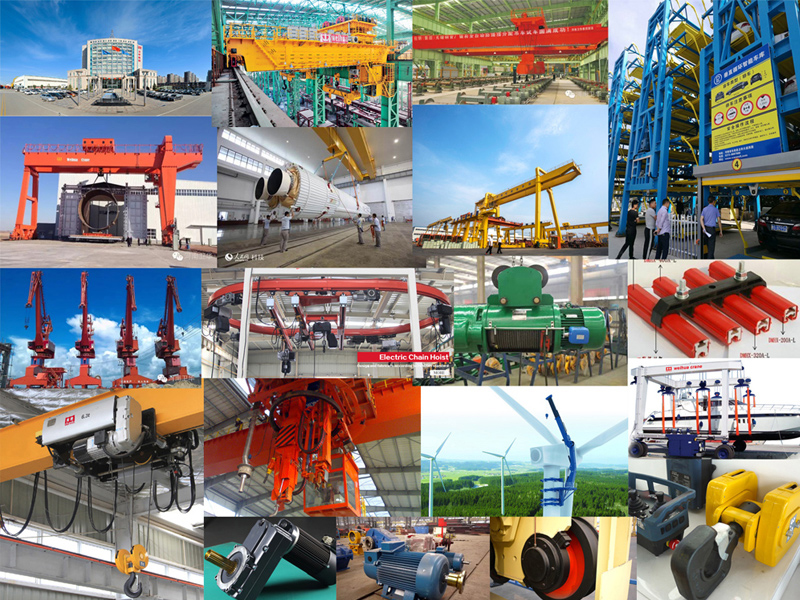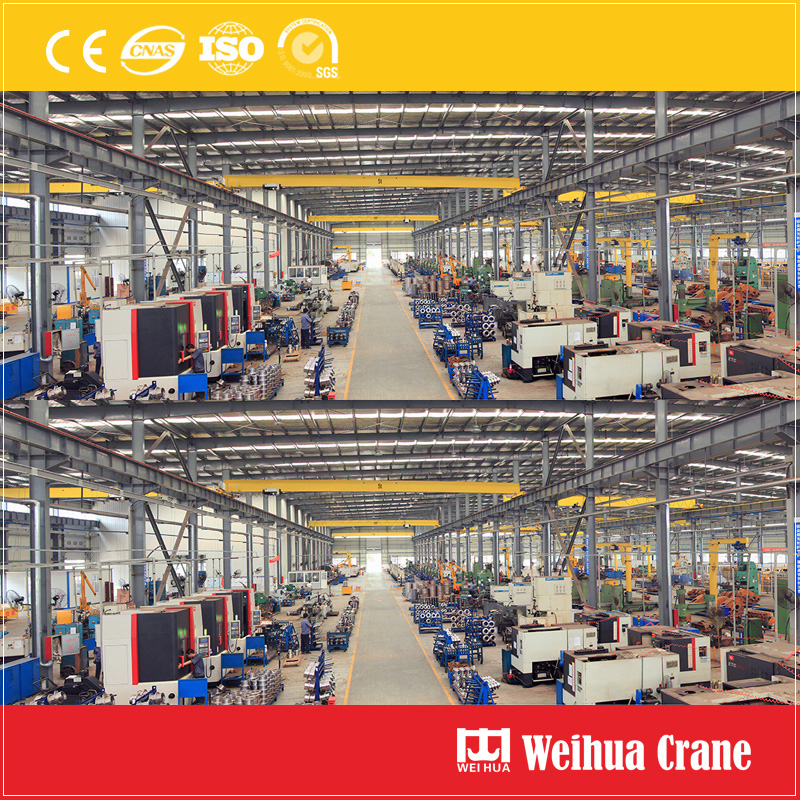The construction crane – an iconic symbol of progress reaching for the sky. But its true power lies in the often-overlooked workhorse: the hook. This seemingly simple piece of steel bears the colossal weight of materials, making its safe operation paramount. Understanding and adhering to crane hook safety regulations isn’t just about compliance; it’s about preventing catastrophic failures that endanger lives and property.

A hook failure is rarely a small event. Dropped loads, structural collapses, and swinging components can cause severe injury, fatalities, and massive damage. Regulations exist based on decades of incident analysis and engineering principles to mitigate these risks.
1. Load Rating & Identification (ASME B30.10, OSHA 1926.1417):
2. Regular & Thorough Inspections (ASME B30.10, OSHA 1926.1412 & 1926.1413):
Pre-Use (Shift) Inspection: Conducted by a competent person before each shift or use. Focus on:
Deformation: Check for twisting, bending, or increase in the throat opening (compare to manufacturer specs).
Cracks: Visually inspect, especially in high-stress areas (saddle, shank, tip). Use magnification if needed. Any crack requires immediate removal.
Wear: Look for excessive wear, particularly on the load-bearing saddle. Measure wear depth against manufacturer limits.
Latch (Safety Latch/Hook): If equipped, ensure it functions correctly – moves freely, springs back, and fully encloses the tip when closed. Latches are mandatory for personnel lifting.
Corrosion & Damage: Severe corrosion, nicks, gouges, or welding repairs can significantly weaken the hook. Repairs must follow manufacturer procedures only.
Frequent Inspection: Documented inspection performed by a competent person at intervals based on service (monthly to quarterly is common). More detailed than pre-use.
Periodic Inspection: Comprehensive documented inspection by a qualified inspector (often annually). May involve disassembly and NDT (Non-Destructive Testing) like magnetic particle or dye penetrant testing as specified.
3. Proper Rigging Connection (OSHA 1926.1418):
Use appropriate rigging hardware (shackles, links) designed for the hook’s shape and size.
Avoid side-loading or point-loading the hook, which creates dangerous bending stresses.
4. Latch Requirements (ASME B30.10, OSHA 1926.1431):
Mandatory for Personnel Lifting: Hooks used to lift personnel must have a functioning, positive-action latch (self-closing and self-locking type).
Highly Recommended for All Lifts: While not always mandated by OSHA for material lifts (unless specified by employer policy), using a latch is a critical best practice to prevent slings or rigging from accidentally slipping off the hook tip.
5. Handling & Storage:
Protect hooks from impact damage during transport and storage.
Store them off the ground in a clean, dry place to prevent corrosion.
Never drop hooks or subject them to shock loading.
6. Training & Competency (OSHA 1926.1427):
Crane operators, riggers, signal persons, and inspectors must be trained and certified/qualified according to OSHA standards.
Training must include specific recognition of hook defects and understanding hook capacities and limitations.

Ignoring hook safety regulations has severe ramifications:
OSHA Citations & Fines: Significant penalties for violations.
Work Stoppages: Projects halted until violations are corrected.
Increased Insurance Premiums: Poor safety records drive up costs.
Catastrophic Accidents: The ultimate cost – serious injury or death, along with devastating property damage and reputational harm.

Implement a Rigging Management Program: Track inspections, maintenance, and hook history.
Use Color Coding or Tagging: Clearly identify hooks that are out-of-service or have specific requirements.
Zero Tolerance for Damage: Remove and replace ANY hook showing cracks, excessive deformation, or wear beyond limits. Do not attempt field repairs unless explicitly approved and performed per manufacturer instructions.
Foster a Safety Culture: Empower everyone on site to stop work if they see an unsafe hook condition.


The crane hook is a critical link in the lifting chain. Strict adherence to safety regulations is not optional; it’s the bedrock of safe crane operation. By prioritizing rigorous inspections, respecting load limits, ensuring proper use of latches, and investing in comprehensive training, construction sites can significantly mitigate the risk of hook-related failures. Remember, when it comes to crane hooks, there is no room for compromise. Safety must always be hoisted to the top.
We value your feedback! Please complete the form below so that we can tailor our services to your specific needs.

Latest Comments